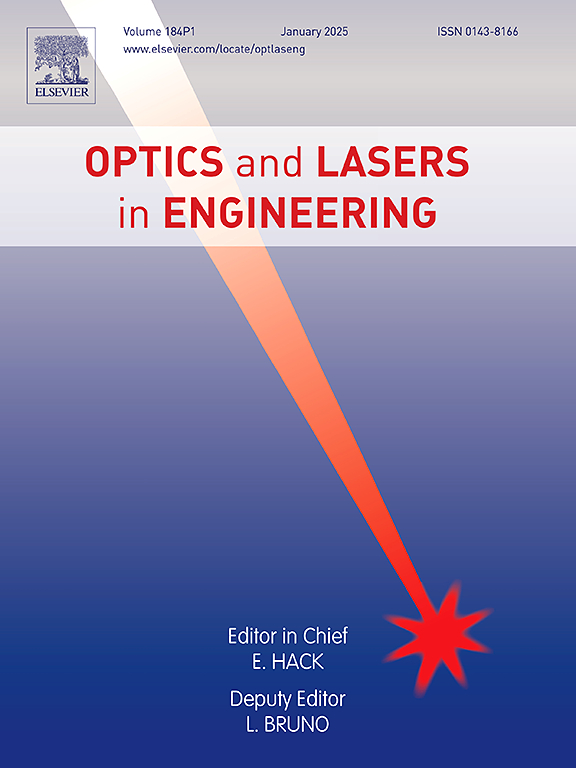Label-free chromosome identification in bovine sperm cells using quantitative phase microscopy
IF 3.5
2区 工程技术
Q2 OPTICS
引用次数: 0
Abstract
Sperm sex sorting technology allows dairy farmers to control the sex of their calves, improving herd management, reducing inefficiencies, and enhancing economic viability in large-scale animal reproduction. The most widely used method, flow cytometry, relies on fluorescence-based sorting, but this approach can compromise sperm viability and raise concerns about long-term genetic effects. Additionally, validation of sorted sperm typically involves bright-field microscopy and computer-assisted analysis, which provide only qualitative assessments of motility and morphology. This study introduces a novel, label-free approach using partially spatially coherent light-based quantitative phase microscopy (QPM) to differentiate X- and Y-chromosome-bearing spermatozoa. The technique reconstructs phase maps to quantify differences in optical properties and biological characteristics between X- and Y-sperm, eliminating the need for invasive labeling. We use statistical analysis on X-sorted and unsorted spermatozoa to form a basis for sorting X and Y chromosomes with high purity. Beyond chromosome differentiation, this technique enables precise morphological analysis of bovine sperm, including head length, width, area, ellipticity, elongation, perimeter, roughness, thickness, and volume.
用定量相显微镜鉴定牛精子细胞的无标记染色体
精子性别分类技术使奶农能够控制小牛的性别,改善牛群管理,减少低效率,并提高大规模动物繁殖的经济可行性。使用最广泛的方法是流式细胞术,它依赖于基于荧光的分选,但这种方法会损害精子的生存能力,并引起对长期遗传影响的担忧。此外,对已分类精子的验证通常涉及明场显微镜和计算机辅助分析,这只能提供运动和形态的定性评估。本研究介绍了一种新的、无标记的方法,使用部分空间相干光基定量相显微镜(QPM)来区分携带X染色体和y染色体的精子。该技术重建相位图,以量化X-和y -精子之间光学特性和生物学特性的差异,从而消除了侵入性标记的需要。我们对X分选和未分选的精子进行统计分析,为高纯度的X和Y染色体分选奠定基础。除了染色体分化之外,该技术还可以对牛精子进行精确的形态分析,包括头长、宽度、面积、椭圆度、伸长率、周长、粗糙度、厚度和体积。
本文章由计算机程序翻译,如有差异,请以英文原文为准。
求助全文
约1分钟内获得全文
求助全文
来源期刊

Optics and Lasers in Engineering
工程技术-光学
CiteScore
8.90
自引率
8.70%
发文量
384
审稿时长
42 days
期刊介绍:
Optics and Lasers in Engineering aims at providing an international forum for the interchange of information on the development of optical techniques and laser technology in engineering. Emphasis is placed on contributions targeted at the practical use of methods and devices, the development and enhancement of solutions and new theoretical concepts for experimental methods.
Optics and Lasers in Engineering reflects the main areas in which optical methods are being used and developed for an engineering environment. Manuscripts should offer clear evidence of novelty and significance. Papers focusing on parameter optimization or computational issues are not suitable. Similarly, papers focussed on an application rather than the optical method fall outside the journal''s scope. The scope of the journal is defined to include the following:
-Optical Metrology-
Optical Methods for 3D visualization and virtual engineering-
Optical Techniques for Microsystems-
Imaging, Microscopy and Adaptive Optics-
Computational Imaging-
Laser methods in manufacturing-
Integrated optical and photonic sensors-
Optics and Photonics in Life Science-
Hyperspectral and spectroscopic methods-
Infrared and Terahertz techniques
 求助内容:
求助内容: 应助结果提醒方式:
应助结果提醒方式:


